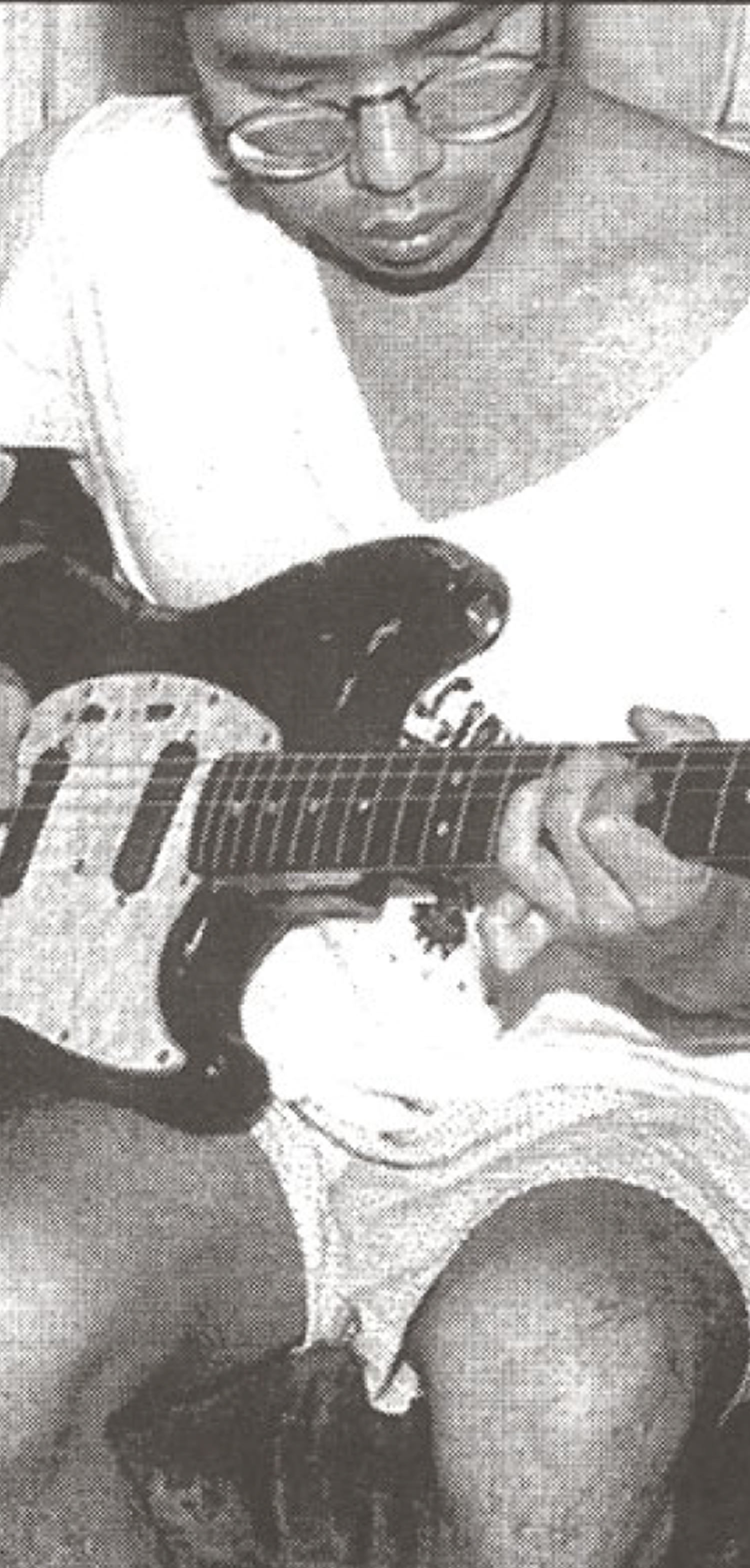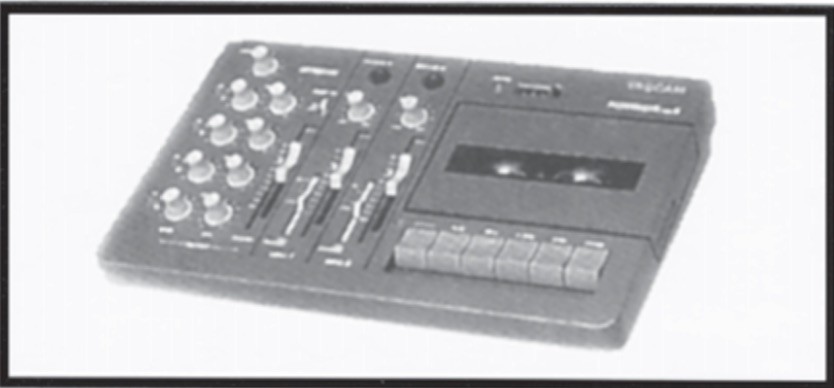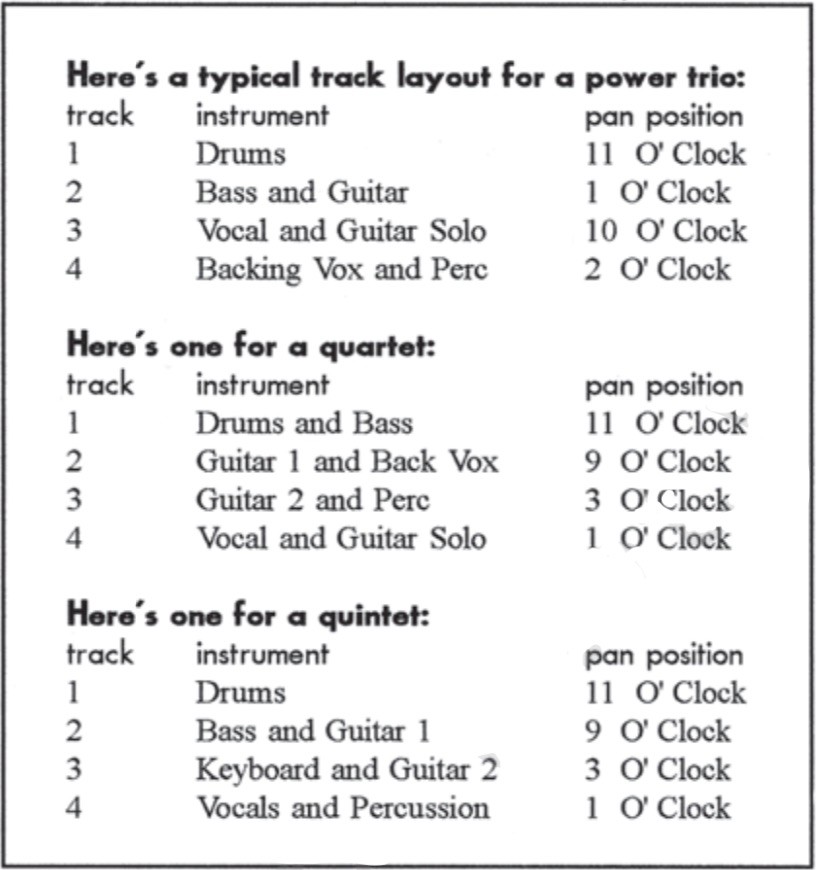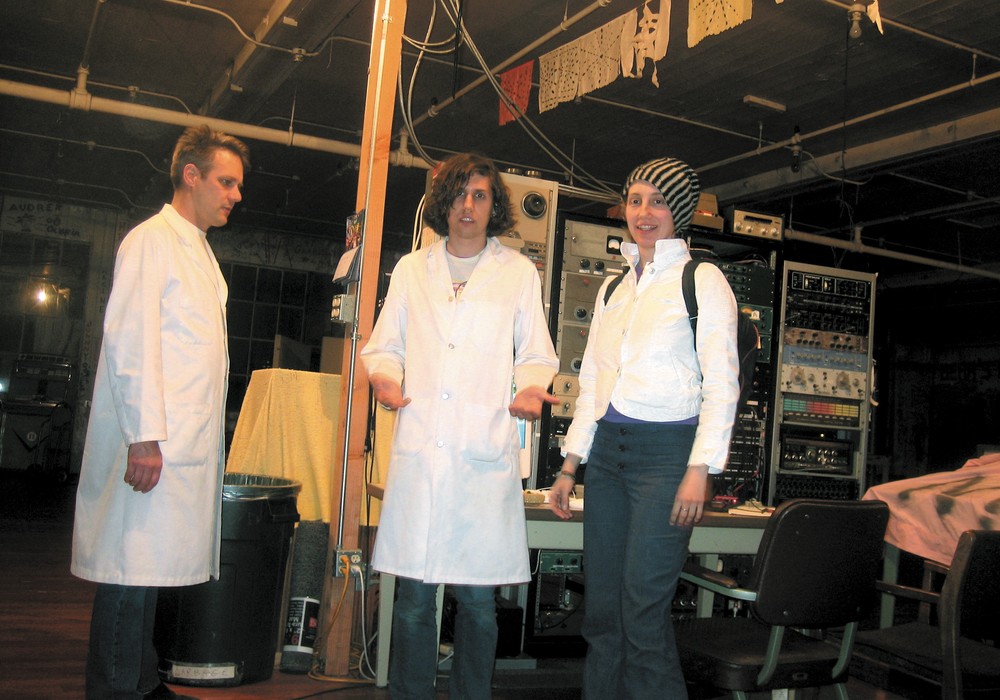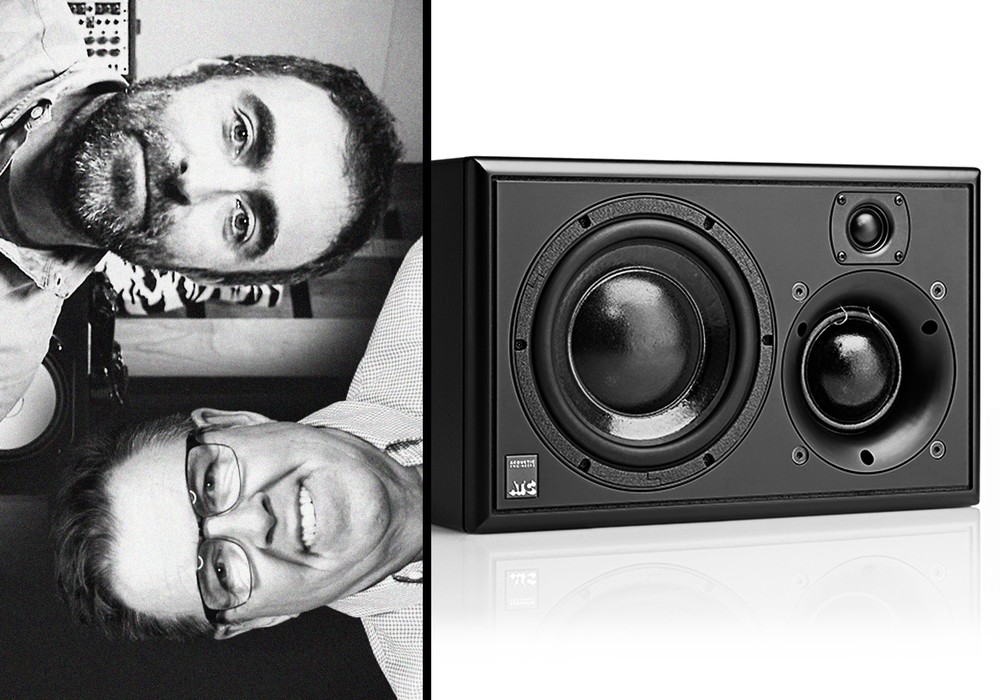If you have a cassette four track and want to do some recording of your band, or if there's only one of you and you want to sound like a band, here are some suggestions for getting strong, clear recordings. First, remember this: The Beatles recorded Sgt. Pepper's on four track. Second, forget that. You probably don't have the same high-quality four track and mics that they had nor the technicians that keep things running in optimum condition nor a George Martin (he helped more than Paul McCartney will ever admit). But, you may have a talent for writing and performing music. If so (and even, if not), you'll want your recording to capture what you do in such a way as to limit the amount of time you spend "disclaimering" your recordings before playing them for people. So, whether the recording is going to be a demo to get gigs or professional attention, something to impress your friends with, or a means to hear your songs more objectively so you can learn from them, the following information and track layouts should work well for you.
Using these track layouts will deliver a nice sense of stereo spacing while retaining a bit of punch. They can all be done by only two people without bouncing tracks or by one person with only one submix.* Although bouncing tracks is wonderfully advantageous at times, it sacrifices sound quality. So try to resist the temptation to layer it on. Also, some people like to record the drums in stereo on a four track. I've never been a fan of this approach. I feel it's more important to keep it simple. If, however, the highlight of your piece of music is a drum fill using all fifteen of your rack toms sequentially, you might want to go for the stereo drums. I address the stereo field with subtle track panning (see track layouts). Too much hard left or hard right panning can make your music sound empty and disjointed.
When doing recordings of this kind I always try to think of the song first and the production second. Rarely does snazziness compensate for a lethargic piece of music (but many people try this diversionary tactic). I would suggest that while you prepare to record the first elements (tracks 1 and/or 2) be aware that, very soon, other instruments will be coming into the mix. And all these subsequent elements will want to have their own special spot in the sonic landscape. Often, overplaying can muddy up and confuse a recording. If something you're playing isn't helping, get rid of it. You can always use it in a piece of music where it works. If you finish recording all the tracks and it sounds like a bag of instruments submerged and struggling in molasses, remember the words of non-musician Kurt Vonnegut, "Edit yourself mercilessly!"
*A note for the one person band: If you're going to end up with the bass and drums on one track, try the following. Record the drums on track 1, then the bass on track 2. Before submixing these two together, record a scratch guitar track on track 3. Having the guitar on tape as a reference will help you establish the bass-to-drum ratio on your submix to track 4 more accurately. Sometimes, without the guitar in there eating up space, the bass can easily be undermixed with the drums. Because there's no sonic battle between percussion and melody (usually).
